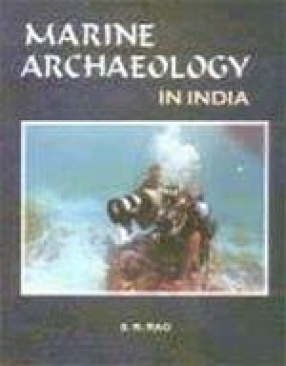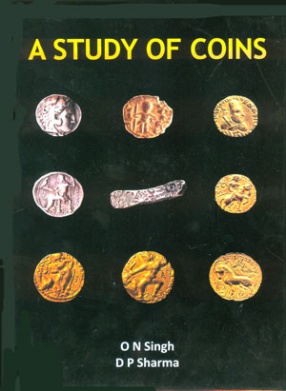The Indian subcontinent with its 6500 km long coastline, 200 ports and a rich hinterland connected by major rivers has played a vital role in the Indian Ocean trade by connecting the East and West throughout its 5000 year long history of shipping and maritime trade. It was a pioneer in ship and dockyard building even during the days of the Indus Valley (Harappa) civilization is proved by the discovery of a massive brick-built tidal dock with a warehouse at the Harappan port of Lothal in the Gulf of Cambay in 2300 BC. By 1600 B.C. it could provide docking facilities in the seaport of Dwarka by modifying a ridge suitably to anchor large ships in the harbour. Simultaneously with this advancement in nautical engineering the mariners of Dwarka could improve on the earlier stone anchors. During the long history of shipping various nations of the world have lost thousands of ships and the sea has swallowed scores of ports as a result of cyclones, coastal erosion and sea level rise. Each ship lost and port submerged is an epitome of the society that built it, and is a treasure house of knowledge and therefore deserves to be discovered and preserve this heritage of man through systematic excavation. In 1981 Inida established the Marine Archaeology Centre for exploring shipwrecks and submerged ports such as Dwarka, Poompuhar, Somnath. The present publication Marine Archaeology in India gives a detailed account of the exploration of India’s Underwater Cultural Heritage during the last decade and a half, highlighting the problems faced by the pioneers in the field, the excavation techniques followed and the results achieved.
Animal Biotechnology: Vaccines and Diagnostics-Markets and Investment Opportunities
The animal sector in India ...
$112.28
$124.75








There are no reviews yet.